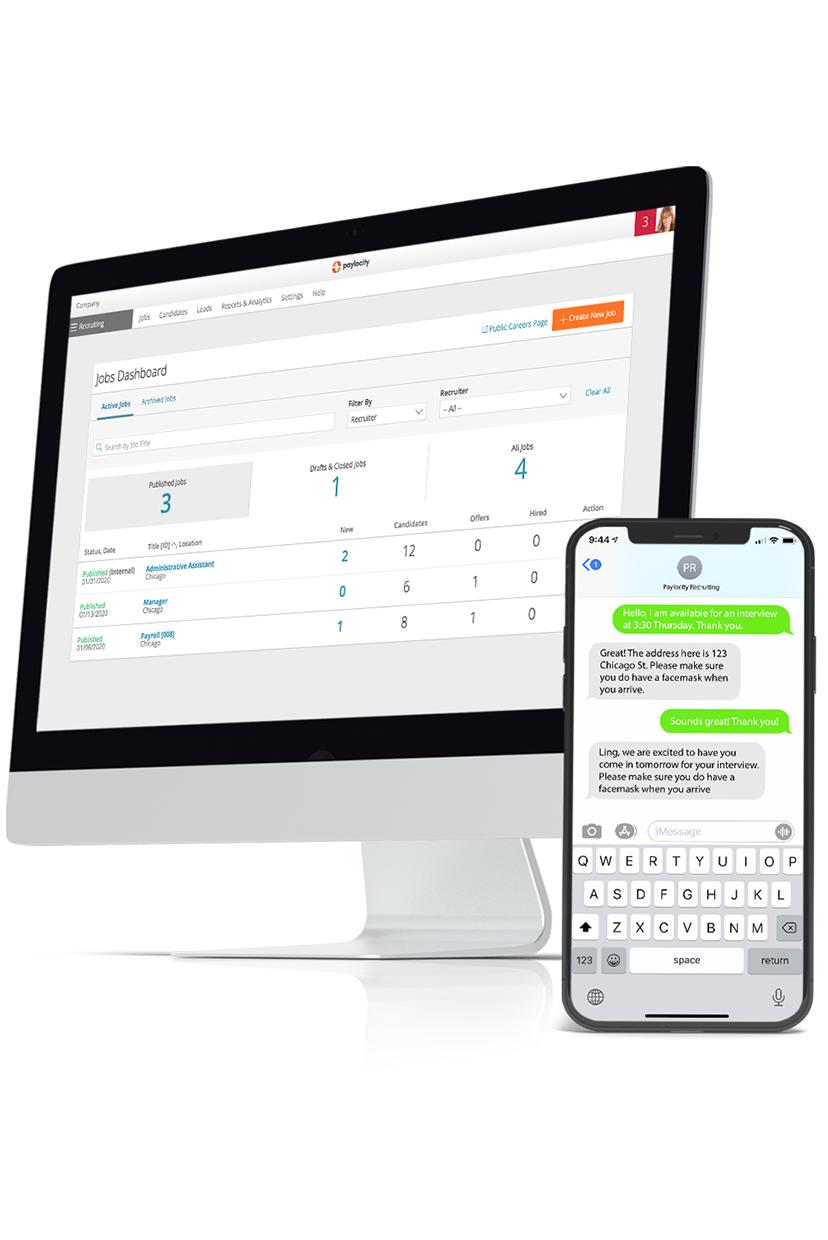Time to Hire
Summary Definition: An HR metric measuring the duration between when a candidate applies for a position and when they formally accept an offer for it.
What is Time to Hire?
Time to hire is the duration between when a successful candidate applies for a job and when they formally agree to take it.
A shorter time to hire is generally viewed positively, as it indicates an employer values the employee experience and wants to streamline the hiring process.
Key Takeaways
- Time to hire measures the duration between a candidate applying for a job and successfully signing a contract.
- Time to hire differs from time to fill in that it starts when a candidate applies, not when the job is posted.
- Proactive recruiting tactics and regular communication with candidates help reduce the average time to hire.
Why is Time to Hire Important?
Besides reflecting positively on a company’s employer branding, a shorter time to hire typically translates into cost savings across the recruitment process.
Its ability to measure the effectiveness of recruiting strategies and techniques helps employers identify other areas of improvement, such as poor communication practices, administrative bottlenecks, or technology failures.
Time to Hire vs Time to Fill
The metrics "time to hire” and “time to fill” are often used interchangeably, but the specific timeframes they measure are different.
- Time to Hire: Measures the time it takes to hire an employee from the point an employee applies for a position.
- Time to Fill: Measures the time it takes to hire an employee from when the job is first posted.
In other words, “time to fill” is how long it takes to find the right candidate for the job, while “time to hire” is how long it takes to move that candidate through the recruitment funnel.
What is a Good Average Time to Hire?
The average time to hire varies widely across company sizes and sectors. To help set reasonable baselines, the Society for Human Resource Management (SHRM) provides averages for each benchmark in its Talent Acquisition Benchmarking Report.
SHRM breaks up the time to hire into several phases, which add up to 24 days on average:
- Screening processes (seven-day average)
- Interviews (eight-day average)
- Final decision-making (five-day average)
- Time between making an offer and it being accepted (four-day average)
Note that the median is lower than the average in each case. This suggests that many companies’ time-to-hire averages are shorter than 24 days.
| Stage of Hiring | 25th percentile | Median | 75th percentile | Average |
| Screening stage | 2 days | 5 days | 10 days | 7 days |
| Interview stage | 3 days | 5 days | 10 days | 8 days |
| Final decision | 2 days | 3 days | 5 days | 5 days |
| Offer Acceptance | 1 day | 2 days |
4 days |
4 days |
How to Calculate Time to Hire
To calculate time to hire for a single position, simply count the number of days between a candidate’s application and their acceptance of the job offer.
For example, if Dave submitted a job application on June 1 and accepted the job on June 27, the time to hire would be 26 days.
Time-to-Hire Calculation
The day the offer was accepted - The day the candidate applied
Example: June 27 (acceptance) – June 1 (application) = 26 days
To get an average time to hire across the organization, combine the time to hire from all positions in a given time period, and divide by the number of positions.
For example, if Steven’s time to hire was 12 days, Christina’s was 34 days, and Alejandra’s was 18, then the company’s average time to hire would be 21.3 days ( [12 + 34 + 18] / 3).
Average Time-to-Hire Calculation
(Time to hire #1 + Time to hire #2 + Time to hire #3, etc.) / # of filled positions in a given period
Example: (12 + 34 + 18) / 3 = 21.3 days
How to Reduce Time to Hire
Reducing the time from application to hiring improves the candidate experience and saves time and money in the recruiting process — provided you’re hiring the right candidates.
Here are some tips for reducing your time to hire metric:
- Communicate regularly with applicants. Demonstrate you’re invested in their success.
- Proactively search for strong candidates instead of waiting for them to find you.
- Enlist the help of agencies that boast reduced time to hire metrics for companies in your industry.
- Prepare a draft of the final contract well ahead of time.
- Clearly list your requirements and expectations in the initial job listing.

Hire Smarter
Finding the right talent for your team can be challenging in today’s market. But with the right tools, it doesn’t have to be a strain on your internal resources as well. Our recruiting platform streamlines the process, bringing you an intuitive way to search for and engage with top candidates. With communication methods like texting and video, and data that helps you track progress, attracting and winning has never been easier.